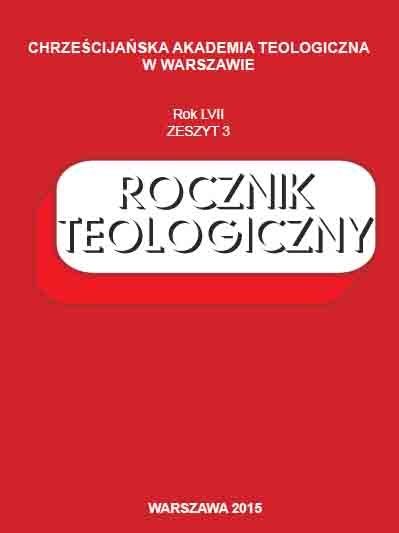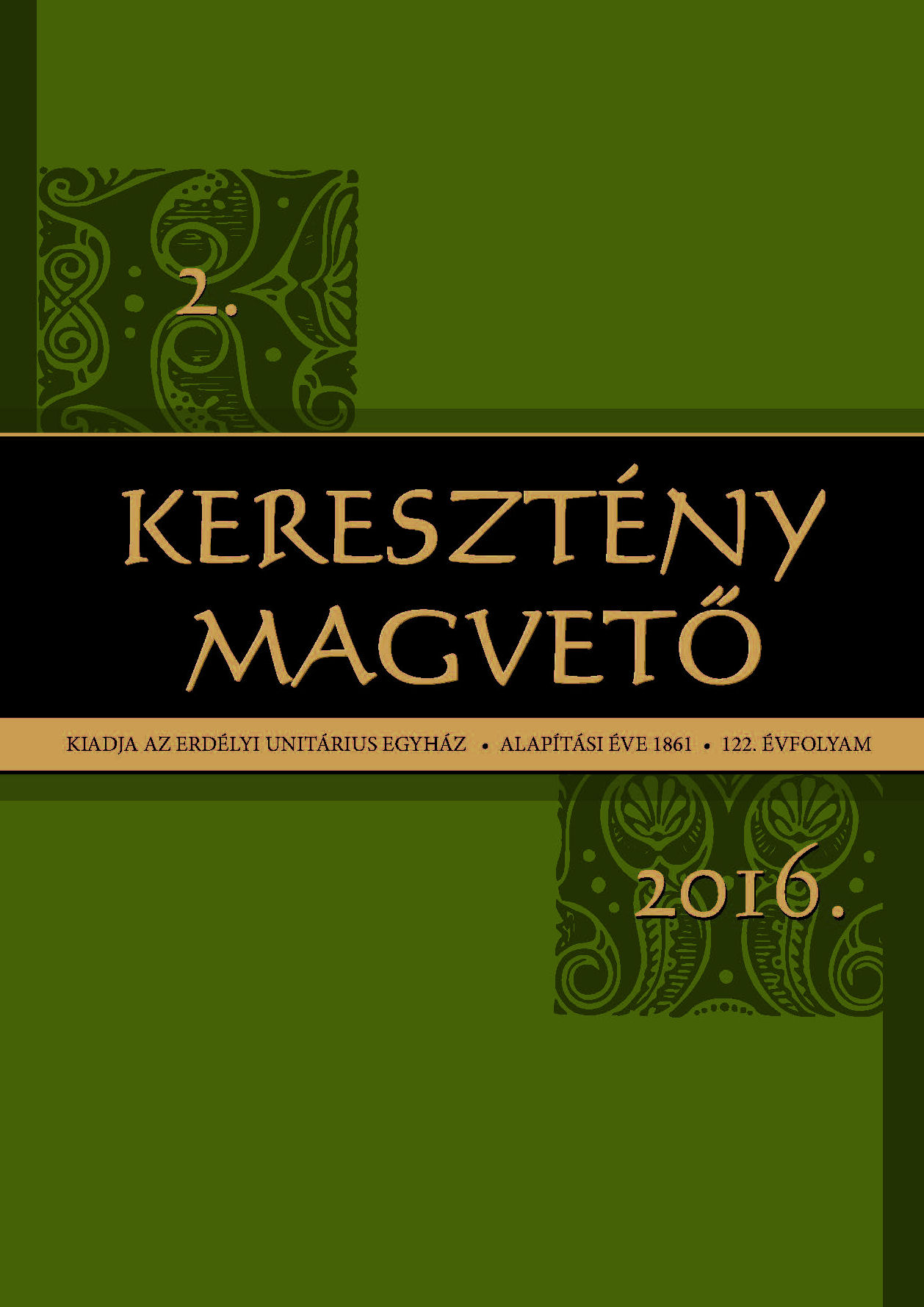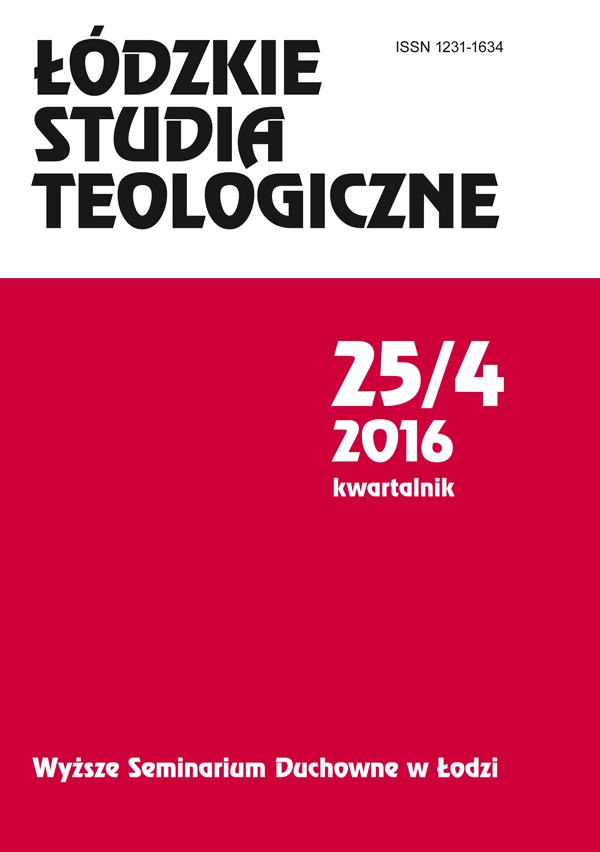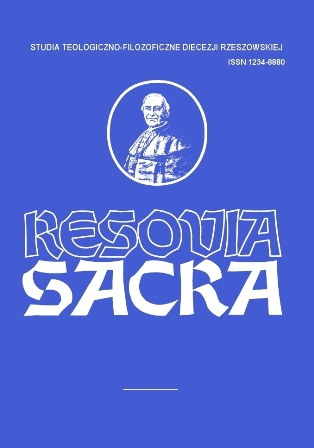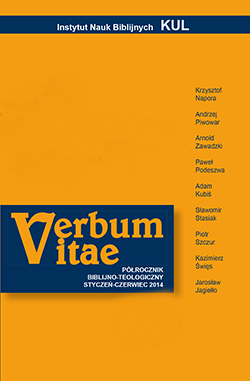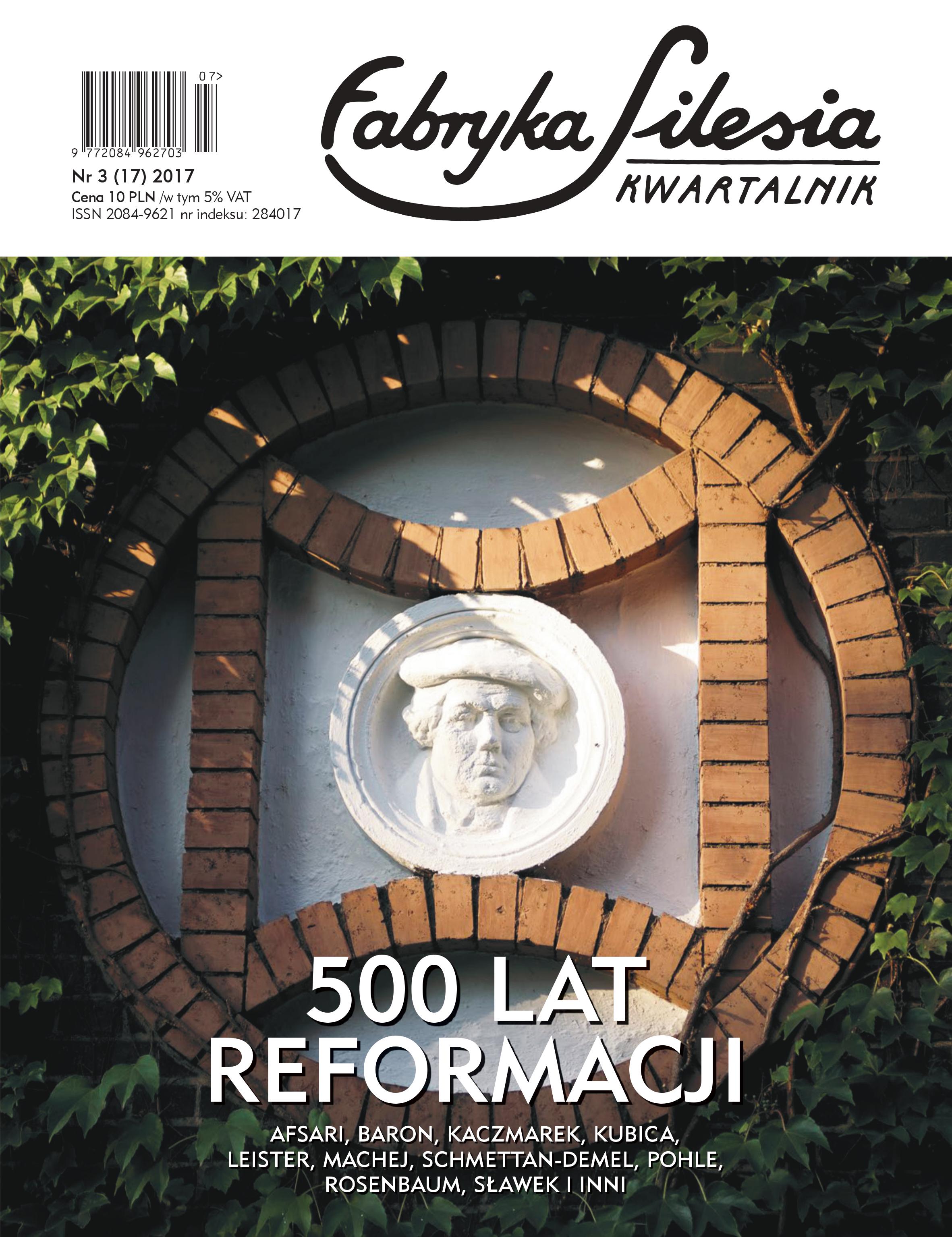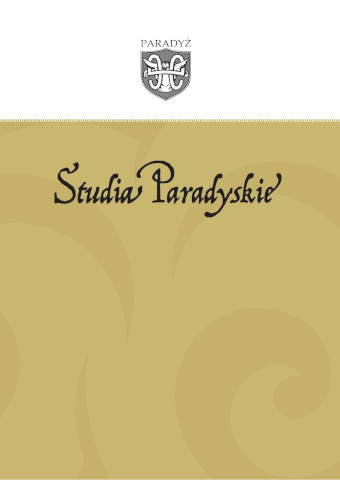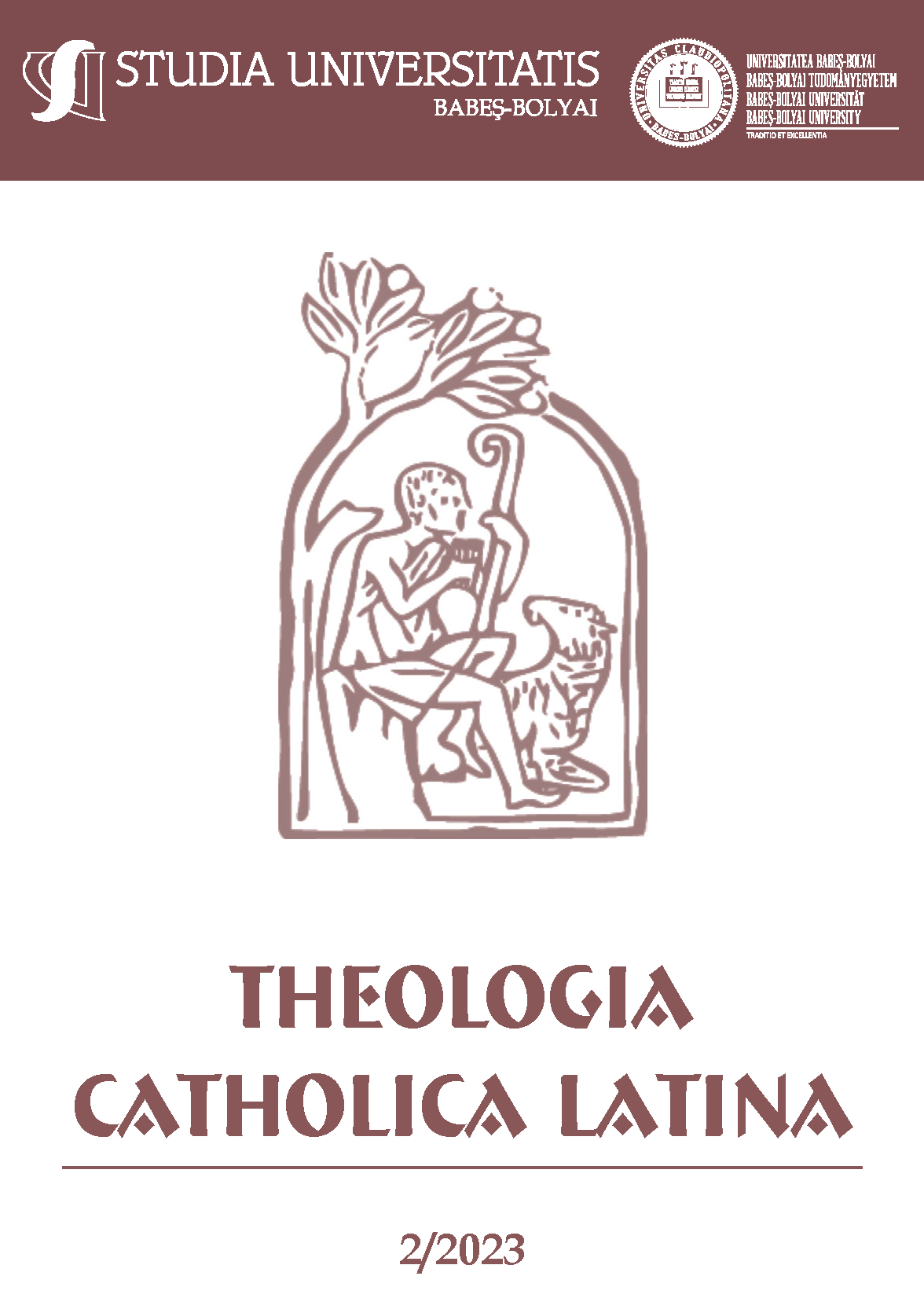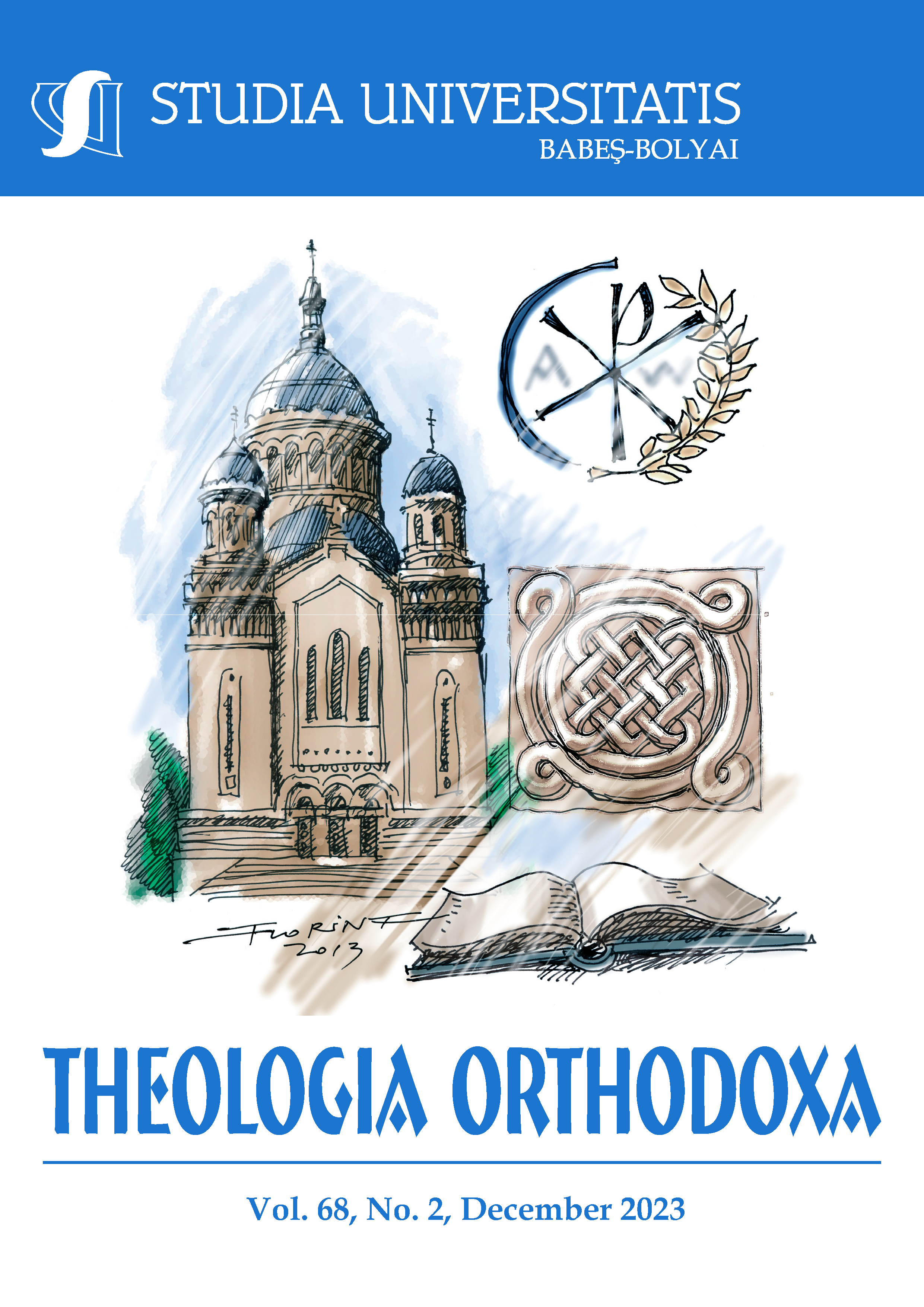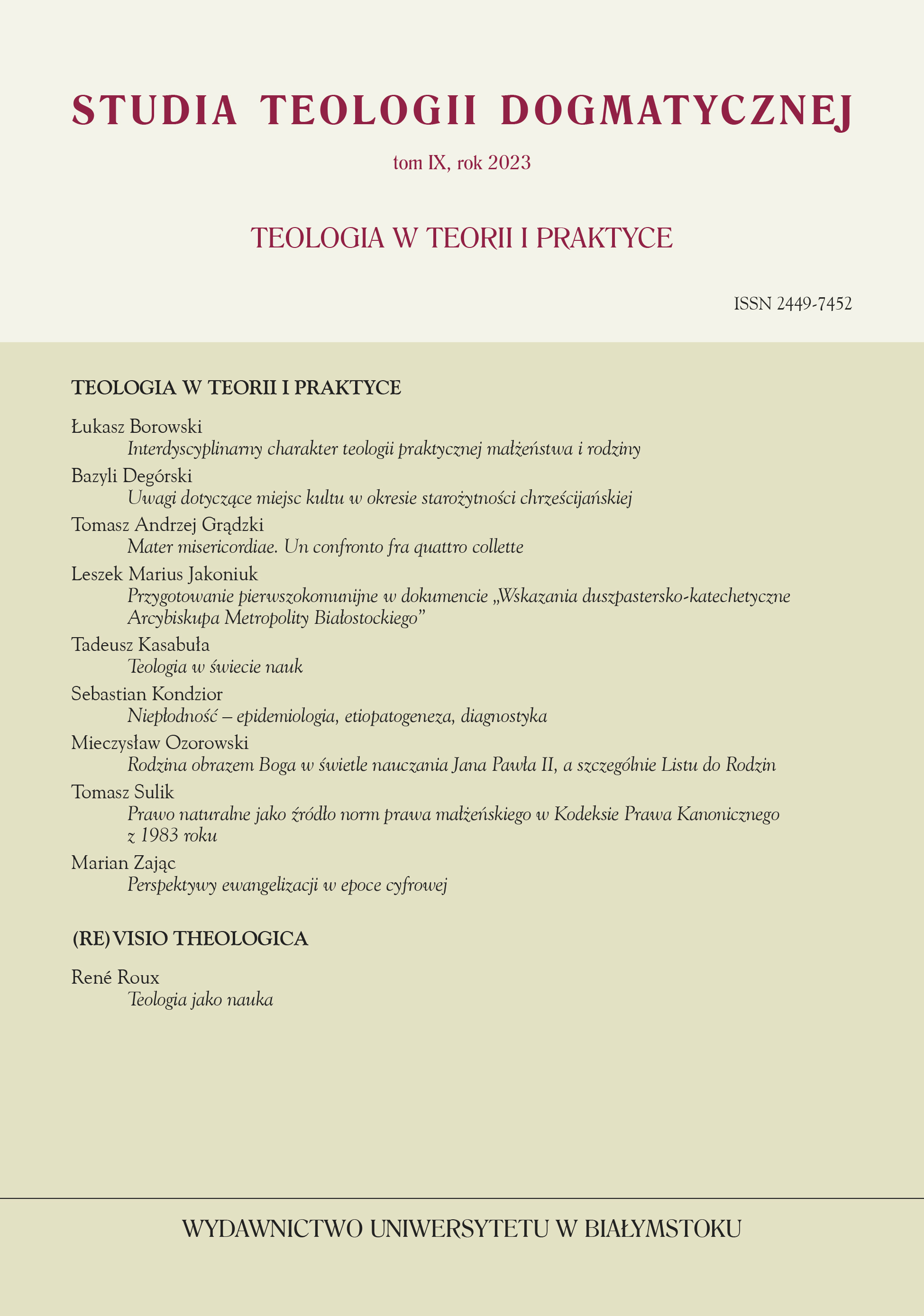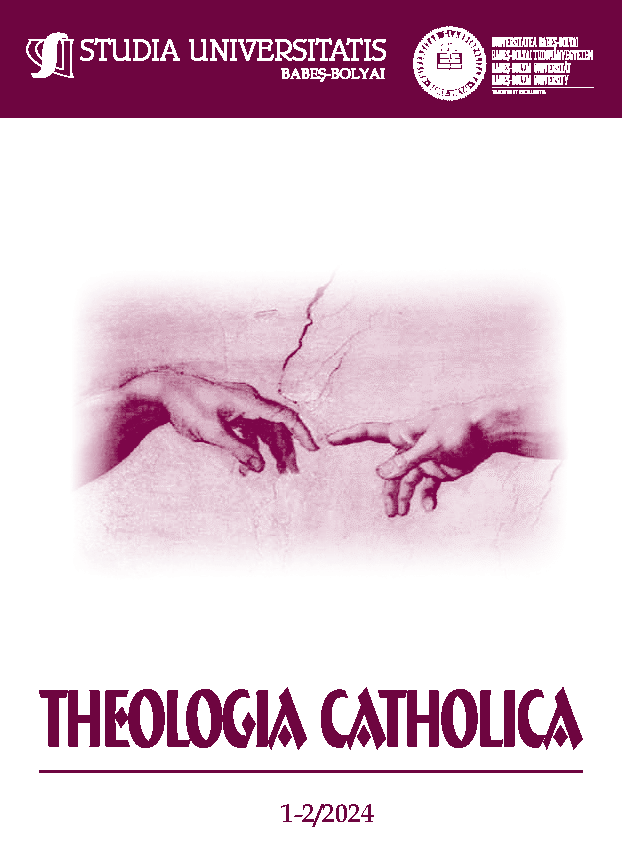Two Stances of Otherness: the Parable of the Good Samaritan and the fairytale The Old Woman’s Daughter and the Old Man’s Daughter, by Ion Creanga
The relationship with the other is the key to the notion of “otherness”. This relationship is placed in the center of two different works with respect to the formal completion: one is a parable, The Parable of the Good Samaritan, the other is a fairytale, The Old Woman’s Daughter and the Old Man’s Daughter. What they have in common is the presence of a character that contradicts the idea of selfishness, specific for the ordinary people, and the notion of negative devaluation of the unknown person, highlighted by anthropologists. Both works place in the center the notion of “otherness” and they highlight two possible attitudes connected to this: that other person can become “a limit” or “an object” in the fulfillment of the existential adventure. In other words, that person can be a step towards moral perfection or, on the contrary, a limit in the way of personal development. The two “spiritual creations” (the parable and the fairytale) put into question a moral problem, that of the person next to us or “the Other one”, they both comprise a debate on ethical matters and they are built on the relationship I – the other one, placing in the center the same type of character: “the good man”, gifted with a high ethical sense, the one who, in his journey through life, shows no indifference, but he constantly relates to the person next to him – “the other one” whom, most of the times, is seen in opposition with or they have a conflictual relationship. At the same time, both works comprise the subject of “the road”, that of “the journey”.
More...
